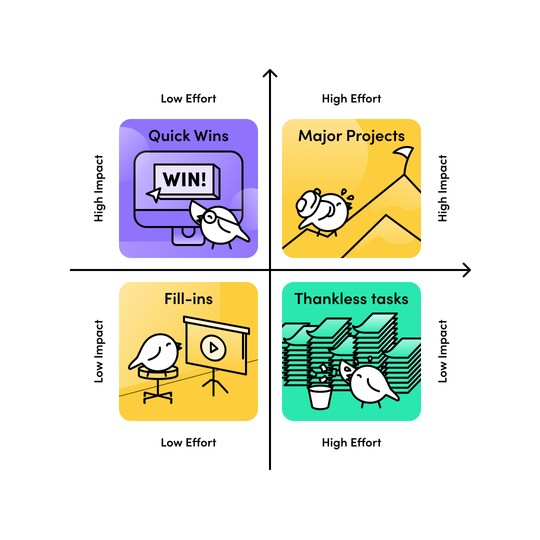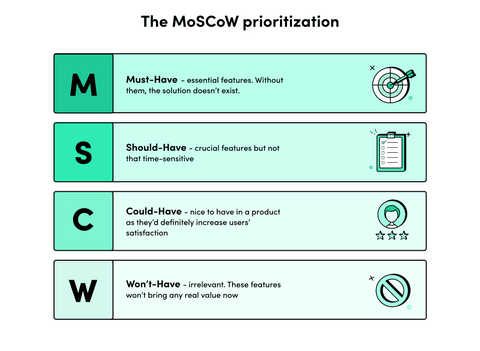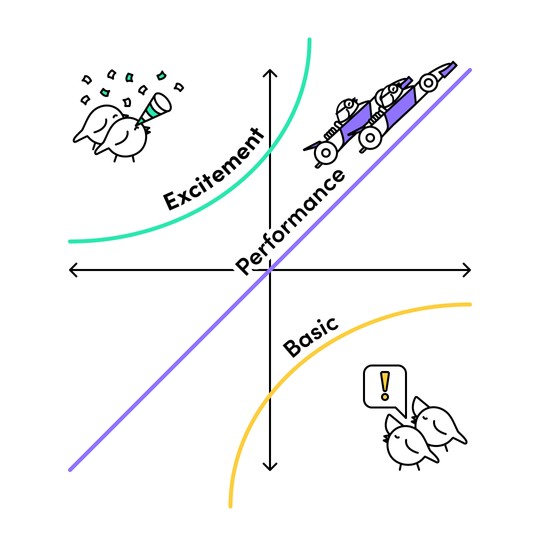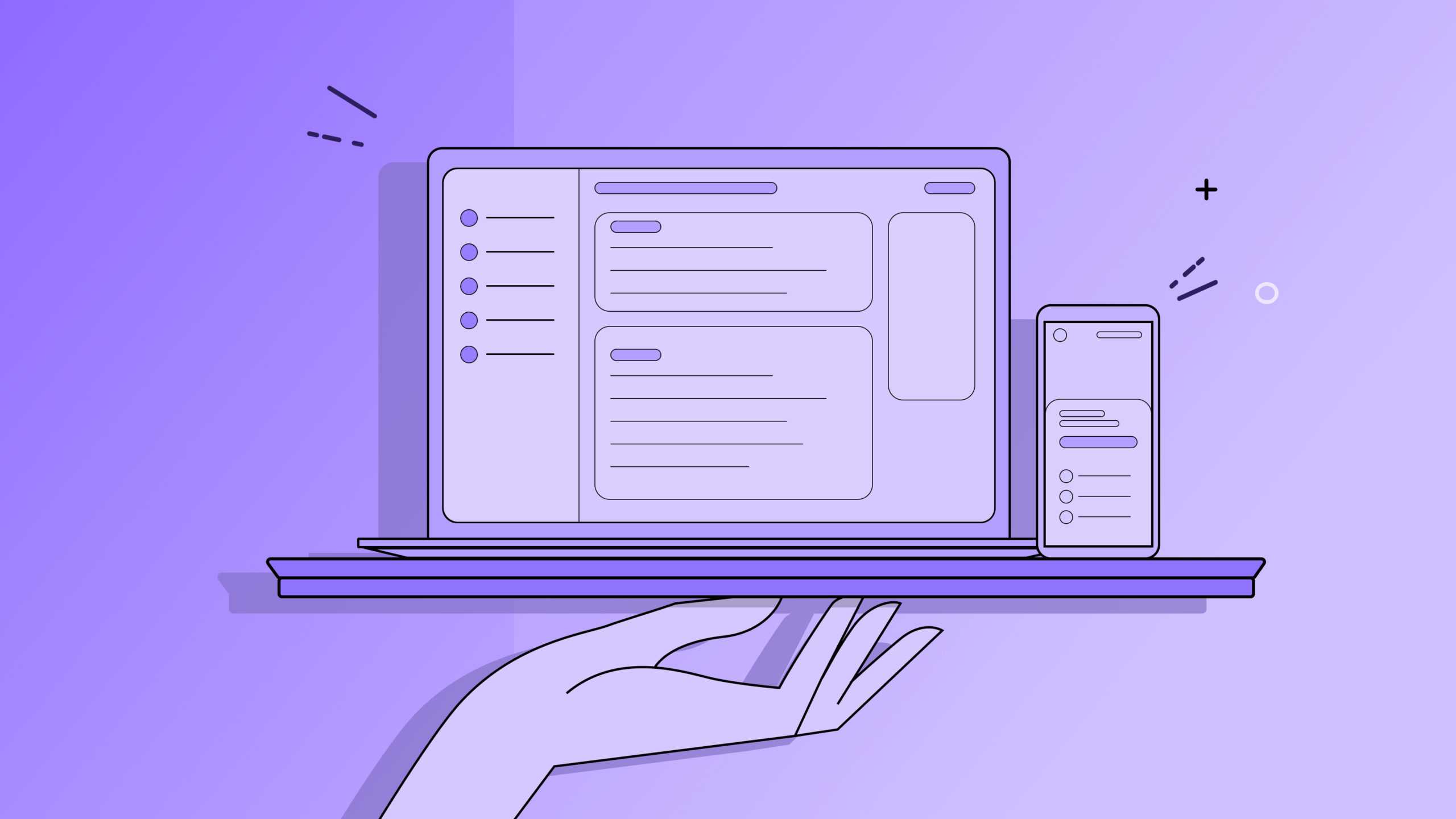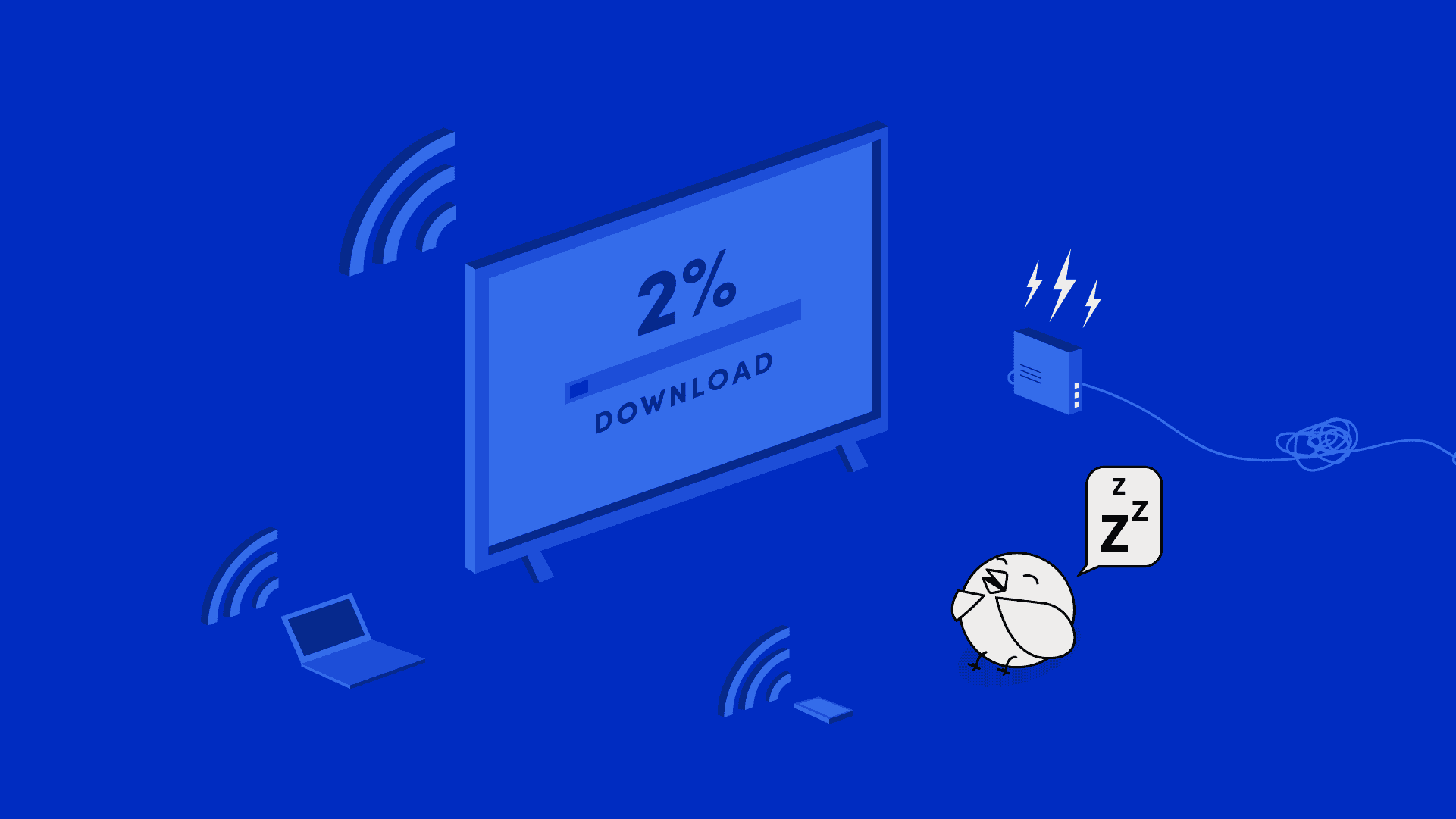

Blog

Prioritize product backlog with these 3 techniques
Software development process takes a lot. It involves a lot of money, time, people, and most of all, tasks. And from the beginning, from the validation phase, Agile teams work to provide direct value to the customers.
But how to differentiate value from the noise? How to do it when everything seems equally important? With the right prioritization strategy. That’s how we set different priorities and distinguish each backlog item.
In this way, a Product Owner from every item-is-essential will have a well-prioritized backlog with must-be features, one-dimensional features, and more. Suddenly, very high-priority items will seem very different from just nice-to-have ones.
What is product backlog prioritization? What are prioritization techniques that help organize the backlog items in Agile software development, and how to choose one? Let’s dive in and get to know the answers.
What’s product backlog prioritization?
In Agile product development, a backlog is a prioritized list of items that has to be done. Those items are obtained from the product roadmap and its requirements. The crucial items are at the top of the product backlog, thanks to which the Agile team knows that a particular feature has to be delivered first.
Moreover, the goal of a well-prioritized Sprint backlog is to make the job easier for the product teams during iteration planning.
The role of Product Manager in backlog management
No matter the project management methodology, being a Product Manager is tough. The PM’s job is to use all the data, research findings, users’ insights, and information to make decisions that will push the product in the right direction (success) and that this product will bring customer value.
These decisions have to be outcome-driven and based on tangible evidence. In short, PMs or POs have to do task prioritization.
This is how the Product Owner will deliver expected value, even with limited time, budget, development resources, and workforce. With a good prioritization process. But this, again, isn’t the easiest. However, thanks to this process, POs have the necessary backup to support the product’s decision and make their way through sprint by sprint.


Product backlog prioritization techniques
Now that you know the importance of backlog prioritization, let’s move on to the 3 of the popular methods of backlog prioritization.
Priority Matrix
This prioritization technique, also called the impact/effort matrix, helps the team rank the problems, functionalities, and other matters in backlog based on their importance in the project. It involves a matrix with two axes: the impact axis and the effort axis. It looks something like this:
Thanks to this method, you get to involve everyone engaged in the project to discuss the different product-related tasks – requirements, features, and problems. Plus, it’s a pretty versatile method – you can do it while using a whiteboard and sticky notes as well as with templates on Miro.
Learn more about Priority Matrix, user stories, and other creative methods that will help turn the idea into reality from the article by Gosia Sobczyk, our UX/UI Designer.
The MoSCoW method
The MoSCoW method, also called MoSCoW prioritization or MoSCoW analysis, is another popular technique for classifying requirements. Here, Product Managers organize the backlog items into 4 priority categories:
When should you use this model?
MoSCoW prioritization is a very dynamic method, so it’s great for projects with evolving priorities. Thanks to this, you communicate the priorities quickly and clearly with the whole team and everyone involved (like stakeholders).
The Kano Model
In the Kano Model, we have horizontal and vertical axis as well as two sets of parameters. It looks like this:
As you can see, on the horizontal axis, there are implementation values that can be put into those various stages:
- Basic features – without those features, its target audience won’t even think about buying the product. You need them to be competitive. These are must-haves.
- Excitement features – these are the features-surprises that you put into the product. If you don’t have them, a customer won’t even notice them. But if you continually invest in them, the users’ satisfaction will boost.
- Performance features – the more you invest in these, the more satisfied users you’ll have. As simple as that.
When should you use this model?
This framework is beneficial for teams with limited time and budget that need the appropriate mix of the basic, excitement, and performance features to release the product successfully.
Of course, these are just 3 of many other prioritization techniques. Those include stack ranking or cost of delay.
Backlog prioritization – best practices
Re-evaluate regularly
The backlog is living its own life – it’s constantly changing – and so are the priorities within it. So make sure to regularly re-evaluate the backlog items (especially those the most important). This will prevent any clutter in the backlog.
Make the development team an integral part of the process
Don’t miss out on them. Because the team builds the product from the ground up, they also know all about it, including the dependencies between the features. Thanks to this, they can help you detect all the risks and minimize or prevent them altogether.
All things considered
As you can see, prioritizing the product backlog is essential for the project’s success, though very often omitted.
When it comes to prioritization techniques, each team has to pick the one that best fits their needs and allows them to build products that solve the existing problems in the users’ lives.
Have an idea but don’t know where to start? Book a meeting with Leo and find out what you should expect from us.


Have a project in mind?
Let’s meet - book a free consultation and we’ll get back to you within 24 hrs.
Other worthy reads
